Why I'm killing my lawn to plant a forest
How one New Zealand woman is reforesting her yard as a personal act against climate change that will support native biodiversity, too.
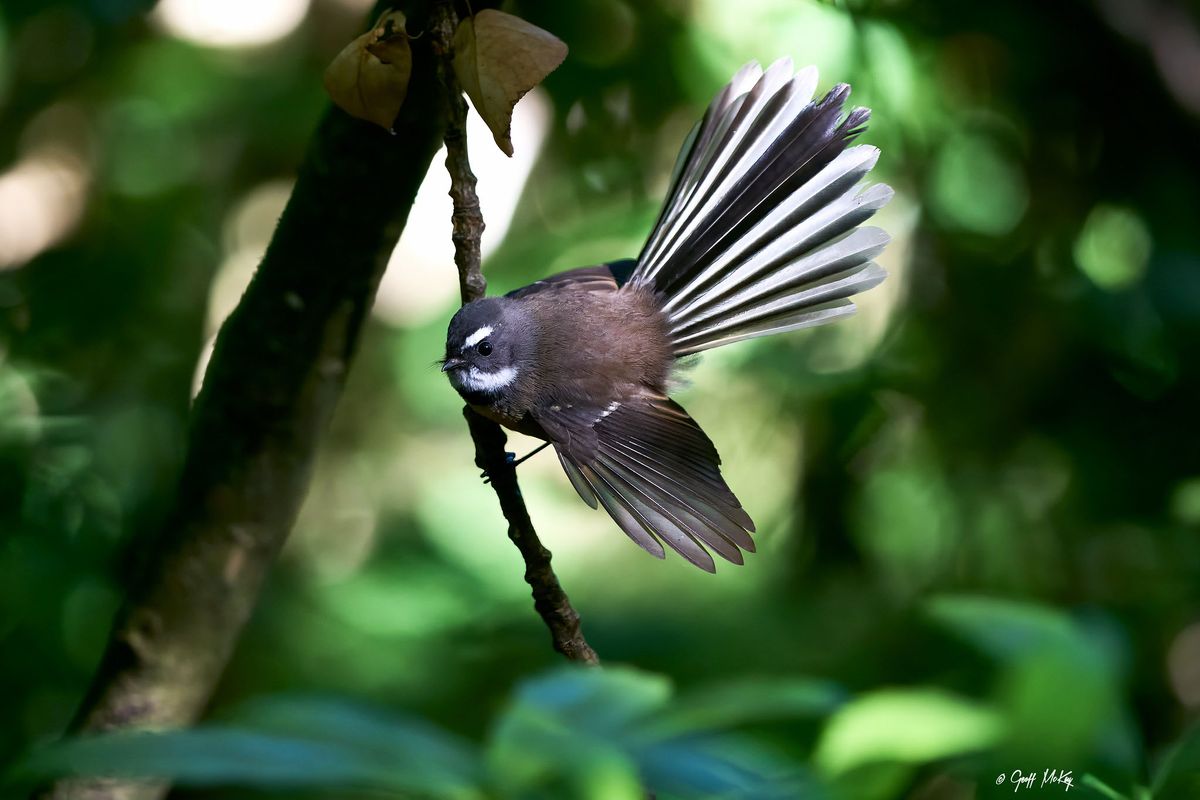
I’ve been plotting to kill my lawn for a while now. I get pangs of guilt, and not feeling right when I think about it. But that’s the social conditioning. Like Bilbo, on realising he wanted to keep the ring, I decide I will kill my lawn. After all, it’s my lawn. Why shouldn’t I kill it?
Recently we heard that climate change is coming faster than scientists predicted, and I’m not ashamed to admit, I’m a little nervous. I am surprised we are not completely panicking at this point. I just may be, on the verge.
I do not know much about the science of climate change, and I am a novice gardener, but I would like to grow a forest in my front yard. I have no idea how to do that, but I know why I need to. Planting native species is a straightforward way to decolonize the whenua. Trees store more carbon than lawn, and forests help cool the planet. They restore biodiversity and provide an attractive ecosystem for wildlife.
“What will the neighbours think?” asks a naysayer.
“You’ll get no light!” says another.
“What about storm damage?”
“It might de-value your property.”
“People with kids need lawns to kick a ball around,” they say.
Anyone who knows me, knows that when someone tells me I can’t do something, it only fuels a raging desire to prove them wrong. These were all fair comments, but they were also challenges that could be overcome if the planting was well planned and mindful of utilities like the water pipe.
The idea to build a micro forest came mostly via the algorithm. I have a penchant for “garden rescues” on YouTube, and my searches through permaculture and food forest videos led me to Akira Miyawaki, a Japanese botanist who developed a method for growing rich, dense, productive, self-sustaining forests in urban areas. The approach ensures that tree growth is 10 times faster and 30 times denser than usual. Native trees are planted in bulk in the same area and the forest becomes maintenance-free after the first three years.
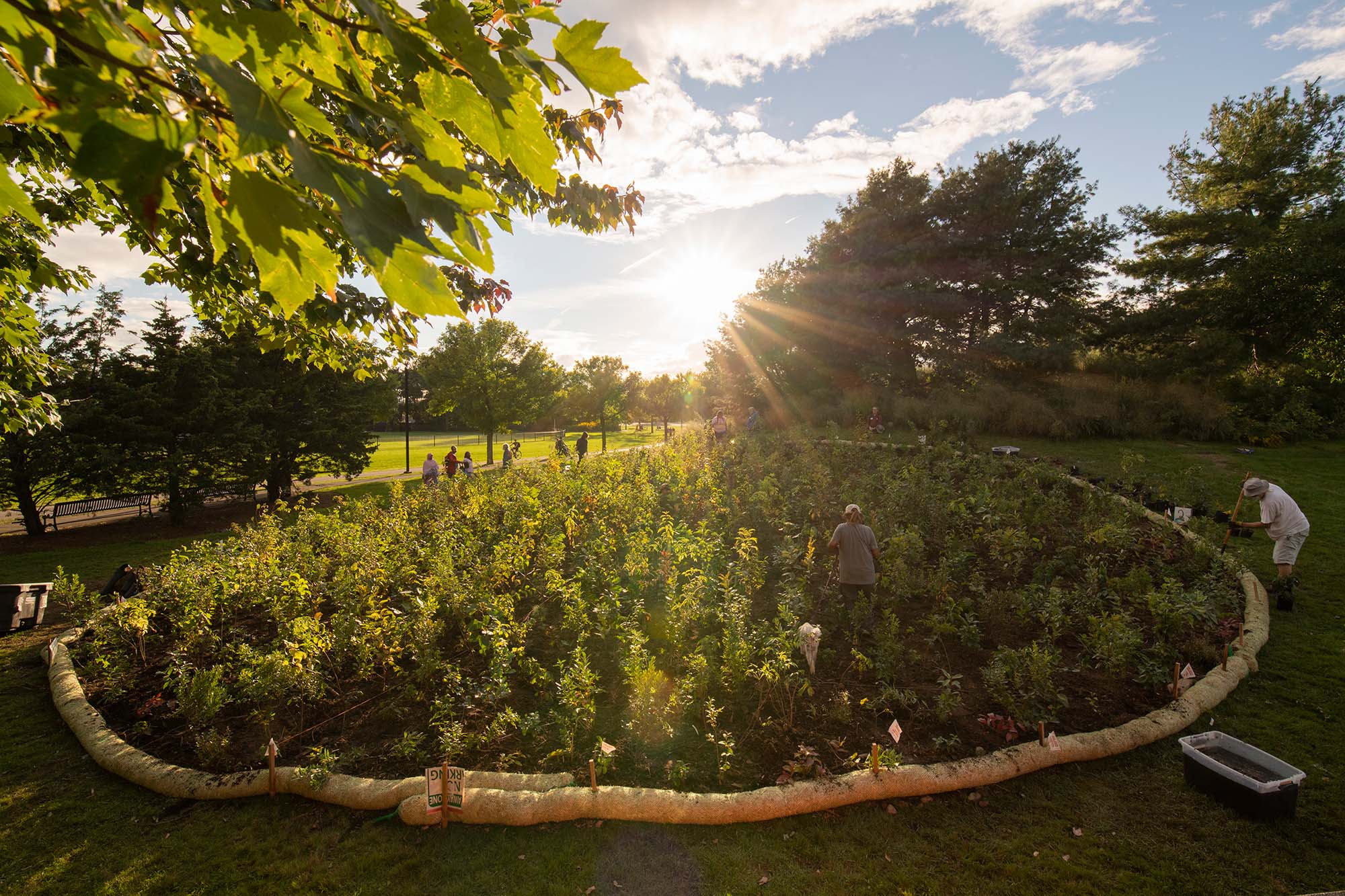
I start obsessing over every lawn in Tairāwhiti. A vision of every unused lawn space filled with bushy trees. Imagine all the fantails, tui and kererū we’d see. I’m thinking critically about our outdated, completely passé lawns. They are nothing but a nod to colonial status. For hundreds of years, Kiwis have been killing forests to replace them with grass for stock, or displaying non-functional lawns based on English gardens. Mowing the lawn is a staple Kiwi weekend feature, but lawn mower emissions are partially responsible for pollution in urban environments. Between five and 10 percent of engine pollution comes from lawn mowers.
Death to the common lawn! If you are going to have one, at least let it grow into a meadow and ditch the lawn mower.
Science didn’t need to tell me that when I was a kid. I would have traded grass for a forest any day. I climbed trees, cast spells with sticks and made huts on the riverbank. In small part, it is that inner child who is driving the decision to create a magical forest and slay the lawn. I may risk being known as a witch who lives in a forest. Our fire pit does look suspiciously like a cauldron and I do have a black cat. As someone who prefers the company of trees over people, I like the witch idea. The possibilities are endless when you have a forest in your front yard.
Although it hurts my middle-aged brain, I desperately want to understand the science. Global warming mitigation feels entirely out of my league. The working class have little control over how we deal with climate change. We are relying on the government for policy and on wealthy landowners for bush regeneration. Preventing climate change is an elite sport, and if you don’t speak the lingo you can’t play on the team.
I become engulfed in a new world of political, social, and environmental science. I tend to be obsessive if something piques my interest; I want to know everything, right through to statistics and comparisons. I want to make as much of an impact as possible on the things that are within my control. So, I go big.
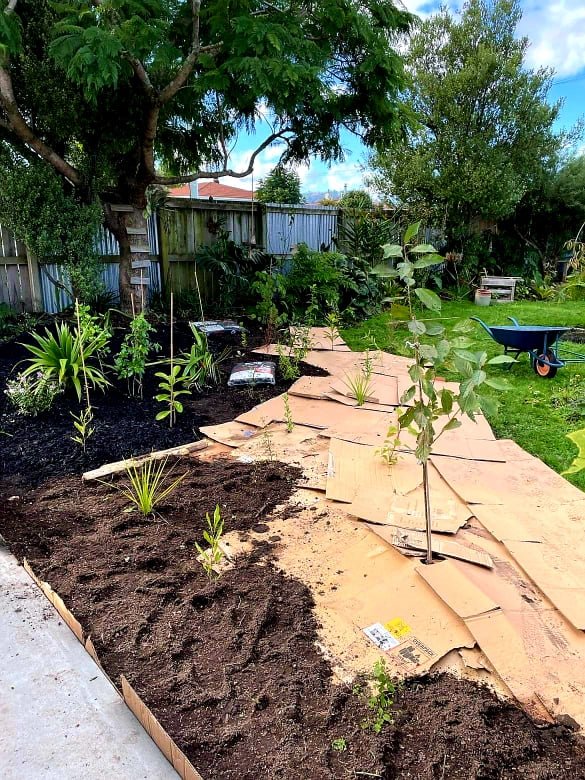
I need advice from an expert in urban regeneration. I contact Bruce Clarkson, a botanist at Waikato University, who is an expert in restoring indigenous nature in urban environments. I need to know if my idea is feasible or even worth the effort. We own a small property in Gisborne, 716 square metres to be exact. I have mapped out a 10-metre by eight-metre patch of grass to be planted with trees. Will this be beneficial towards climate change?
“Any urban forest can be valuable for a wide range of reasons,” Bruce says. “We have been building urban forests here in Hamilton for about 60 years, but mostly the last 20.” The benefits of urban forests are clear: they are good for community well-being, they cool down the planet, they increase the wildlife and biodiversity and, in suburban homes, they can provide privacy and act as a wind break. Especially good for us here in Tairāwhiti, to reduce the afternoon sea breeze.
Amid my mind mapping, fireworks display. I speak with Jo Cathie, who spent five years in Melbourne as part of a team leading volunteers in the revegetation of urban wasteland with locally indigenous tree species. Their approach was to experiment with trial and error, rather than relying solely on existing science.
“It’s important to know what plants grow naturally together in certain climates and conditions,” Jo says. “Australian natives do not require added fertilizers as they need very little fertility. However, the initial establishment phase is not easy. We found that preparing the site with thick wood chip mulch to suppress weeds and hold moisture was a good start. There would often be a high casualty rate and periodically we would remove the failures and replant. It was an ongoing process. This may have been because the existing biology and mycorrhizal fungi in natural forests is non-existent in lawns and disturbed urban spaces. The revegetation project was about prioritizing biodiversity, community and vision over schedules, cost and productivity.”
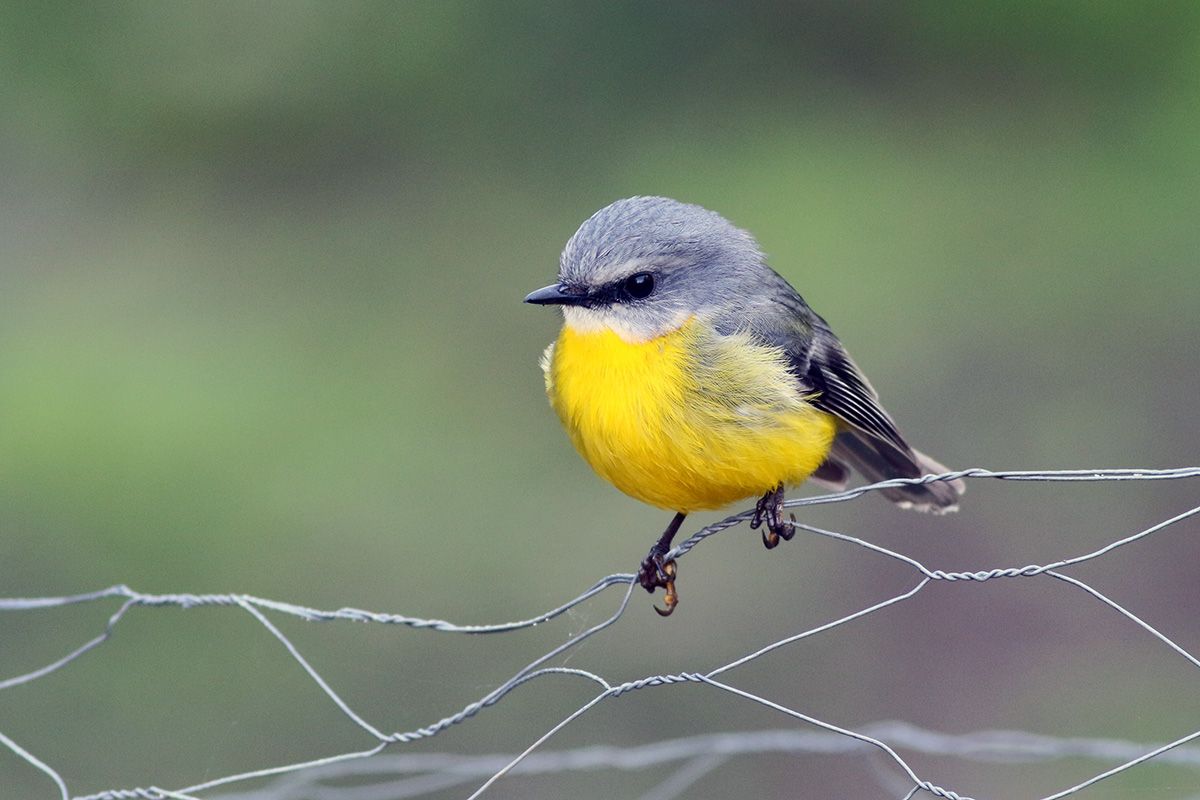
My Google search history is a soufflé of tangents and rabbit holes. I follow each vague notion as if I’m a conspiracy theorist and end up with the loose ingredients of a recipe for a messy story. I move through the sequestering of carbon to compostable weed mats. What are mycorrhizal fungi? Best soil? Compost? Mulch? What is this thing called biochar? Do I need to buy a special biochar furnace? Where can I find funding?
*Brain malfunction. Blank.
Am I really going to make any difference by going through with it? I am silly for thinking I can do this on my own, or, at all. I don’t know enough, and I don’t have the funds to follow this all the way through, as small as it is.
I should just shut up and mow the lawn.
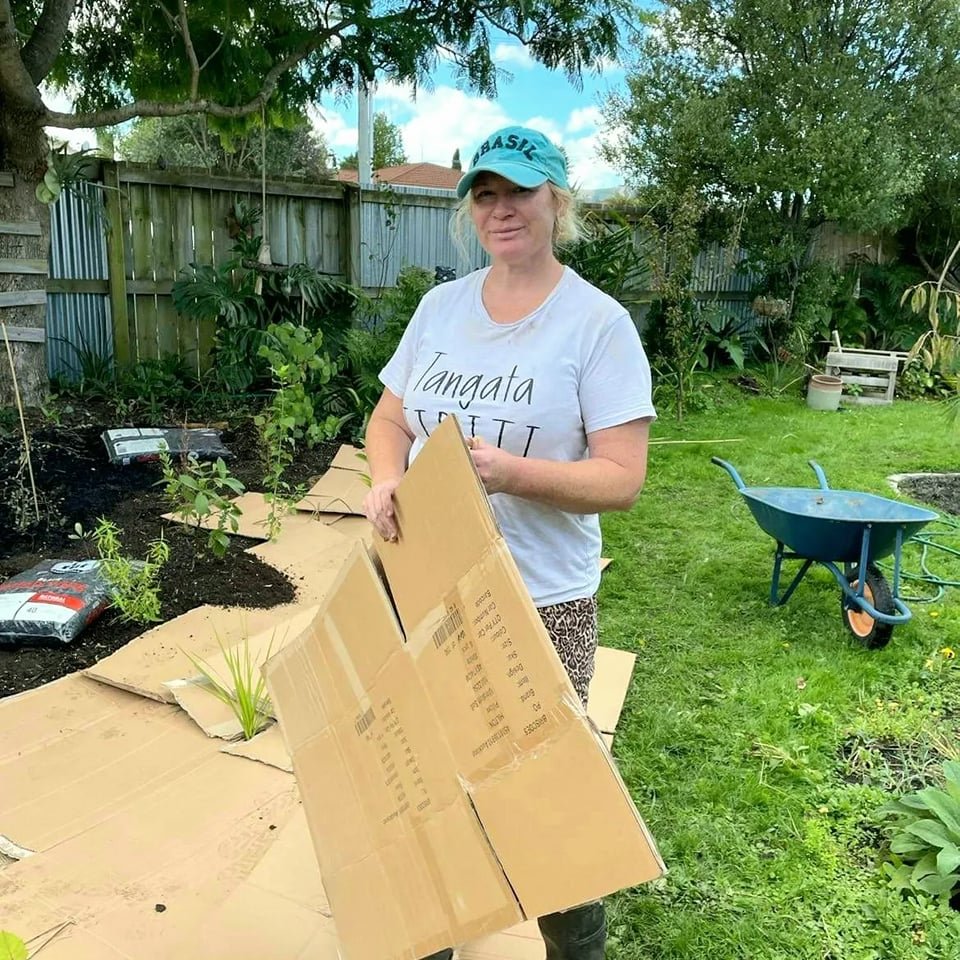
However, before I get the chance to quit, a friend suggests I contact a local charity for assistance. It is here that I find a most helpful Earth Angel who, in a strange way, unplugged my writer's block. Kauri Forno and her kuri, Swish, are the managers of The Women’s Native Tree Project Trust, a registered charity that supplies native seedlings at no cost to educational or community groups to plant in public spaces. I hit her with about 50 questions.
“No, biochar isn’t overly necessary,” says Kauri. “We know the whakapapa of all our seedlings, and they haven’t been babied. They grow well here and we know this. You can plonk them in the ground and they’ll grow. That’s the beauty of planting local natives – this is where they are meant to be.”
The relief flows through me and although I have not been able to source any funding, she gives me at least 20 seedlings to get me started. I talk about my micro forest plan within the community, and in true Gizzy spirit, I receive offers of native seedlings from other people’s gardens. It is feasible after all, if I just stop overthinking it. Cardboard boxes will be my weapon of choice to kill the lawn. It smothers weeds within three weeks and can be left on the soil to break down and provide nutrients for the soil. Worms love it! Cover it with compost and woodchip mulch. Colin from the Nelson Whakatu Micro Forest Initiative suggests that if you can’t access biochar, mushroom compost will do. You don’t have to buy special mycorrhizal fungi to help roots grow, unless you have the time and money to do it perfectly.
Take it from me, perfection is not needed. Just plant the damn trees.
Colin tells me they sourced their funding from the Nelson council environmental fund, and I’m pleased to find an equivalent available through our local council. I will try my luck and apply for funding once that stream opens. But for now, I have what I need to start. And that is all it is, really. Starting. It’s the hardest part. The autonomy in reforestation is not just there for rich landowners. We can all be autonomous in our efforts toward climate change. Helping in the way that suits us. If we are privileged enough to own a garden, it comes with a responsibility to give back to the land. If you decide to act on climate change, do it in your own backyard.




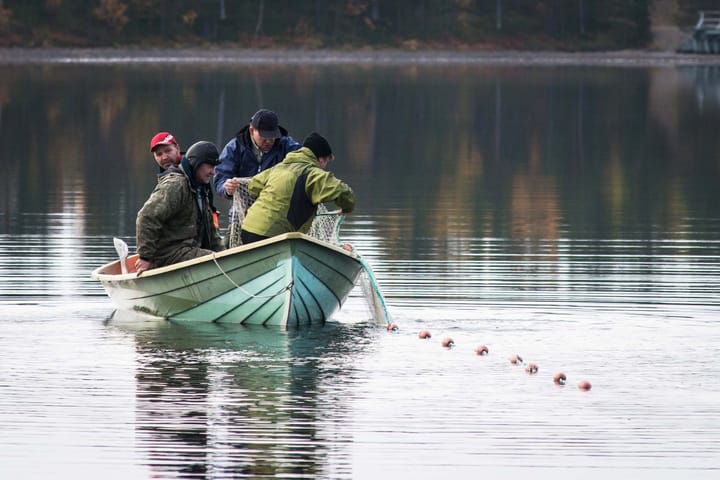


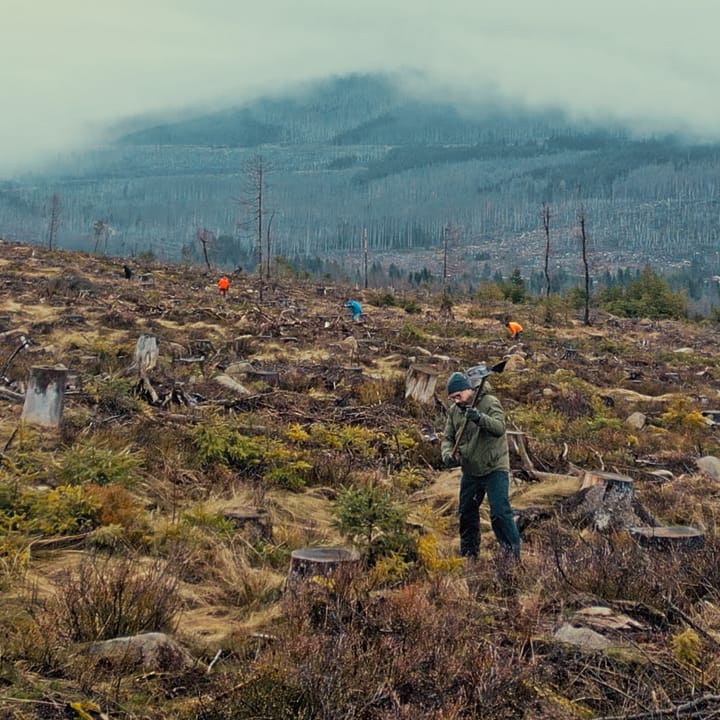
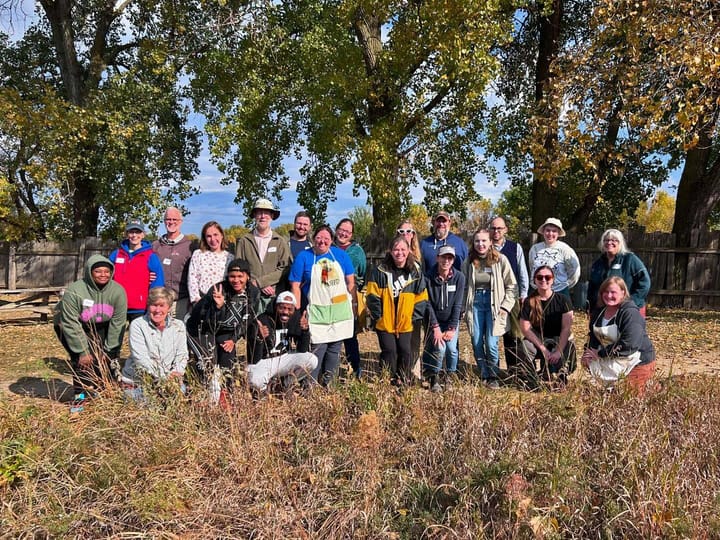

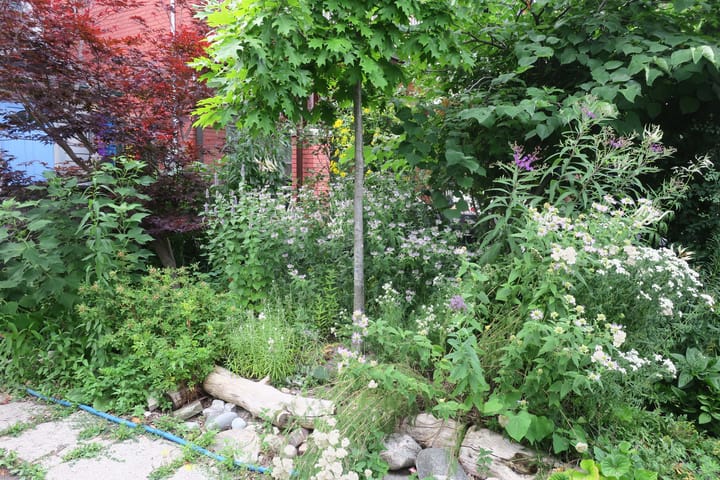

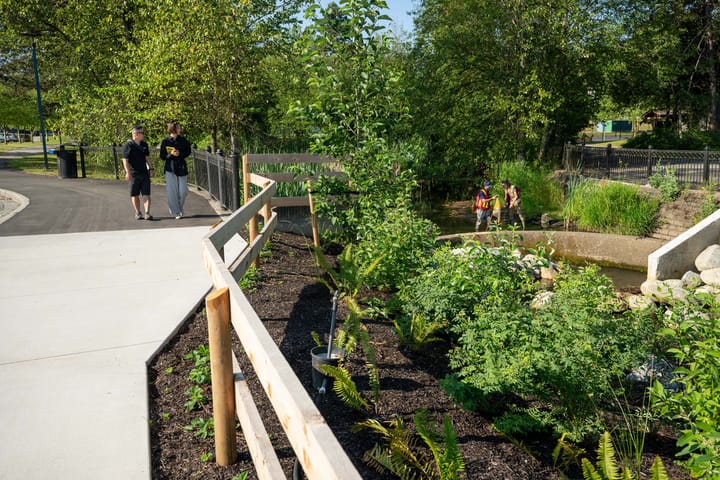
Comments ()